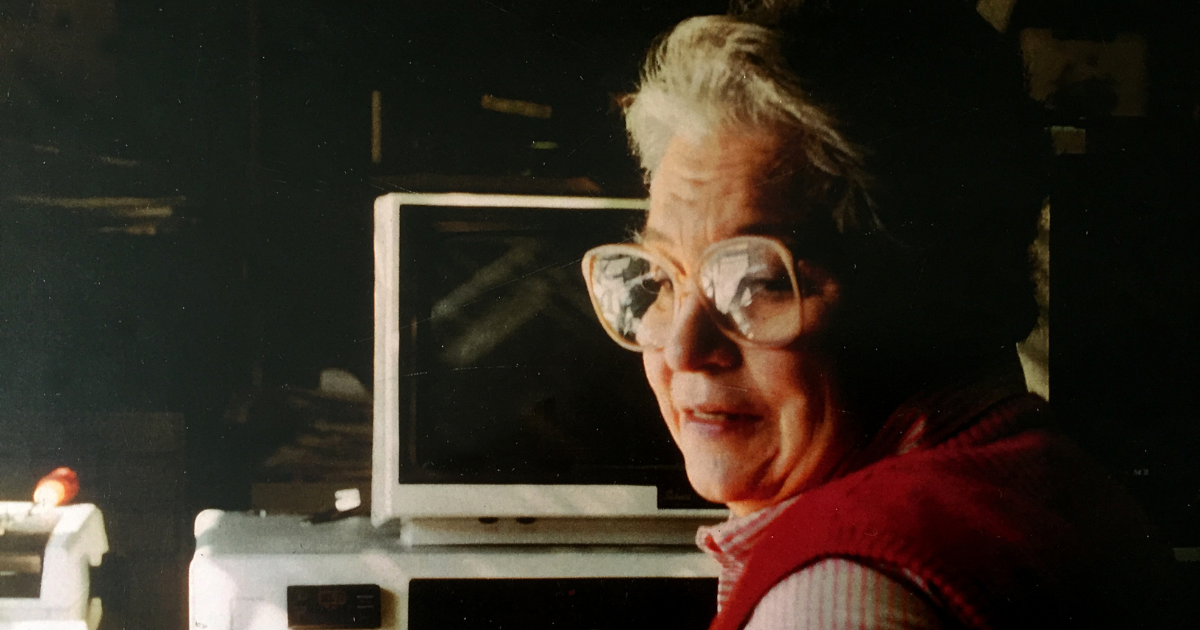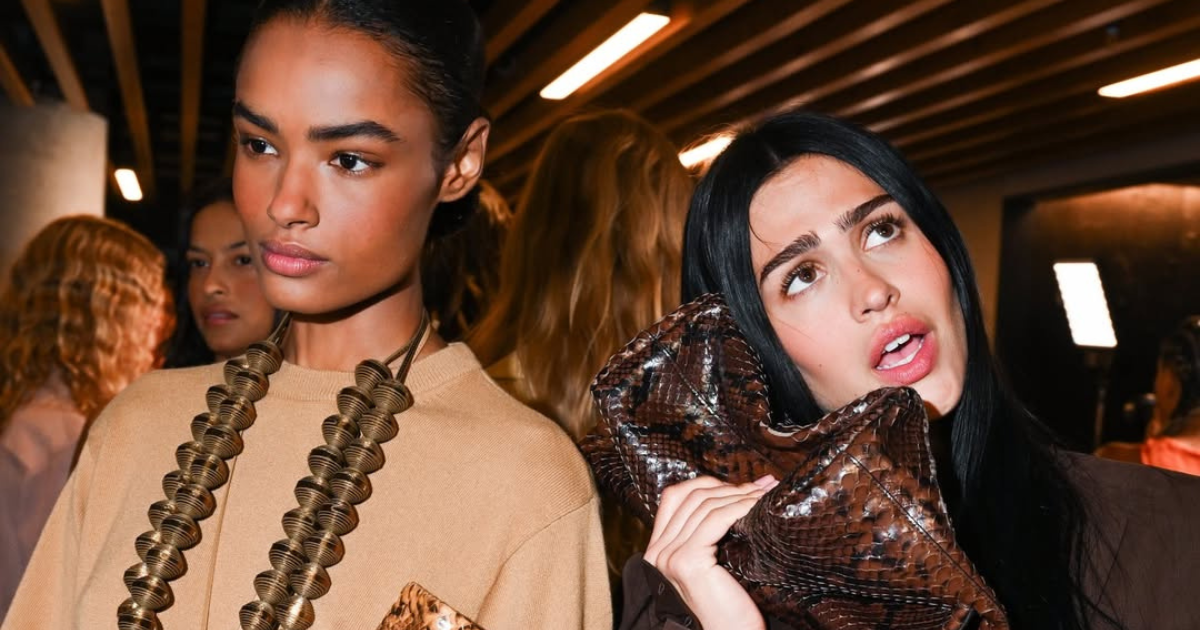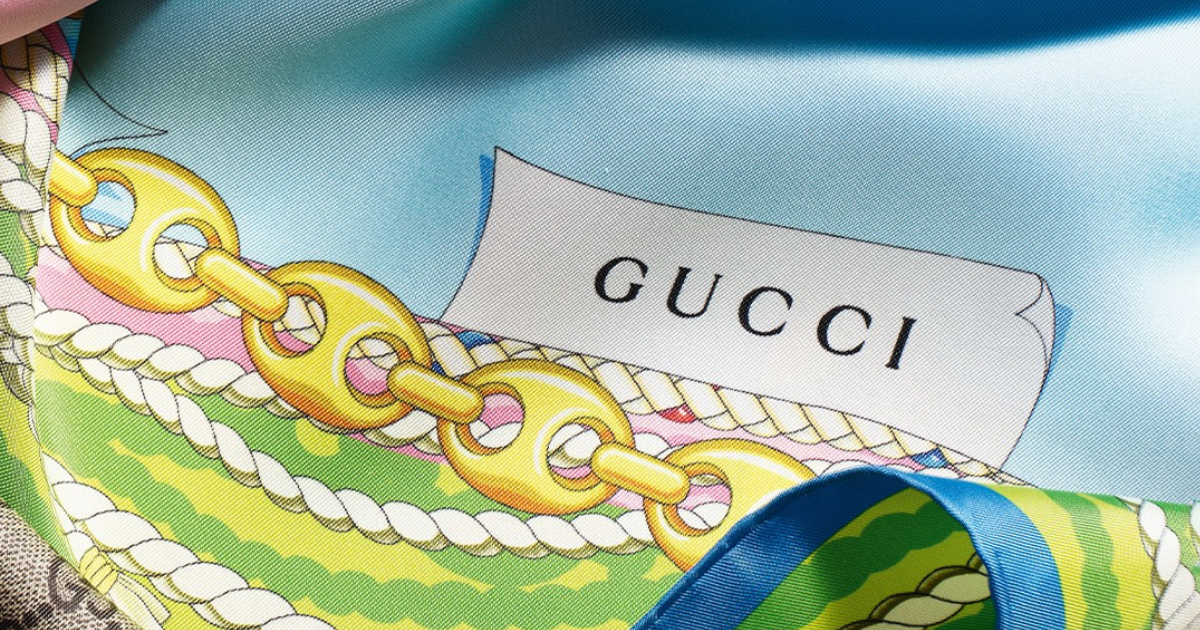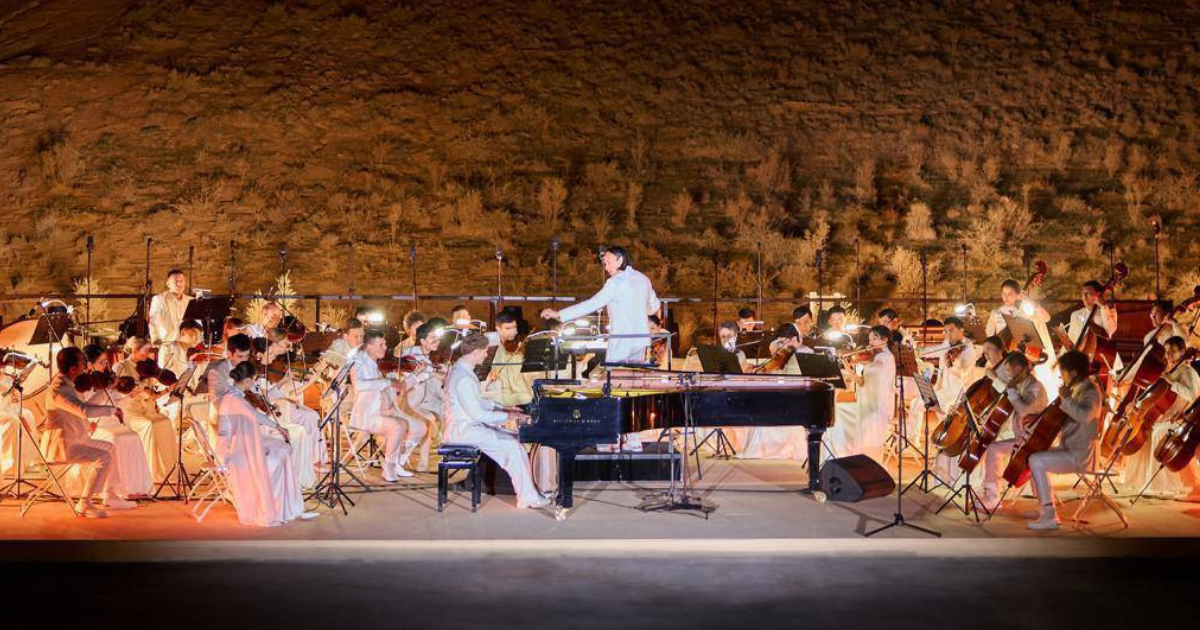Eternal radiance of the digital mind
Women who made art possible in the digital world

Every technological revolution begins in silence. With people who look at a machine and see a space for creation. Not an algorithm, but a universe of possibilities.
In the history of digital art, the names of the first women artists often remained in the shadows. But it was they who wove humanity into code, invented poetry for emotionless machines, and dreamed of freedom in yet unexplored worlds. Their works didn’t just get ahead of their time – they paved the way that millions now walk.
This journey is about them. About the women who were the first to learn to speak to machines in the language of art.
Pioneer generation: 1960s–1970s
In the 1960s, computers were rare. They took up entire rooms, belonged to armies and universities, and cost as much as small towns. Yet there were those who saw in them a tool for creativity.
Alison Knowles, one of the prominent members of the Fluxus movement, created The House of Dust in 1967, one of the first generative works of art. With the help of a computer, she generated thousands of descriptions of imaginary houses:
“The house of dust, illuminated by sunlight, inhabited by people who sing in their native languages”.
Each line was unique, like a fingerprint. This was the first experience of humans and algorithms interacting as co-authors. Knowles saw the machine not as a competitor, but as a partner in creating new meanings.
At the same time, Sonia Landy Sheridan worked on the Poem Field series, where text collages were created using early computer algorithms. Colors, words, and movements were generated randomly, but each frame retained the core idea: even the coldest machines can be taught to dream.
1970s–1980s: expanding the boundaries of body and space
When computers began to leave scientific labs, female artists increasingly explored their potential to express emotion and work with space.
Isa Genzken in 1977 created Grau-grünes offenes Ellipsoid – a sculpture designed using computations. In her works, technology became a way to break the familiar rules of perspective and visual perception. Genzken spoke of humanity's desire to go beyond the physical body, to become part of something greater.
Barbara T. Smith, in her project Outside Chance, used a computer to create snowflake patterns, which were then printed on paper and scattered in the air over the Las Vegas desert.
“She dreamed of a miracle – to make snow fall where it was impossible”.
It was a gentle act of faith that art and technology together could create new hope.
1990s: the screen as a new canvas
With the arrival of home computers, women artists began to see screens as extensions of their inner worlds.
Rachel Rossin, a self-taught artist and the first VR resident at the New Museum in New York, began creating virtual worlds where pop culture, personal memories, and art intertwined. Her digital landscapes were dreamlike: fleeting, crumbling, yet filled with the light of inner life.
At the same time, Kimberly Drew created digital archives of contemporary art by artists of color so that the voices ignored by traditional art history would finally be heard.
2000s and beyond: the birth of metaverses and digital identities
The 21st century brought not only new technologies but new ideals. Women in digital art began creating entire worlds.
Krista Kim, in her project Mars House, created the first digital home – a space of peace and light. This house cannot be touched, but it can be inhabited with the soul. Kim dreamed of merging beauty, technology, and humanism, believing that the future must be built on care, not consumption.
Ines Alpha used 3D makeup to blur the boundaries between body and fantasy, creating digital images where beauty is freed from physical limitations.
“In my world, you can be anyone. You can blossom.”
Gretchen Andrew, in her projects manipulating Google search algorithms, challenged the structures of power over information, proving that art can be a weapon in the fight for the future we want to see.
A new horizon
Today, women continue to blaze trails in digital spaces.
Ivona Tau, working at the intersection of analog photography and generative AI, creates “universal memories” to make art accessible and understandable to everyone.
Sarah Ridgley writes code to create gentle, fragile canvases from lines and algorithms.
Their works remind us: technology is not the opposite of humanity. In the hands of a true artist, the machine becomes an extension of feeling.
Once, computers seemed like cold machines made for calculations and war.
But it was women who first saw in them a new beginning: a space for freedom, beauty, and dreams.
They proved that the future belongs to those who know how to dream. And today, when we look at the digital worlds they’ve created, we see not only technological progress, we see the human soul.


